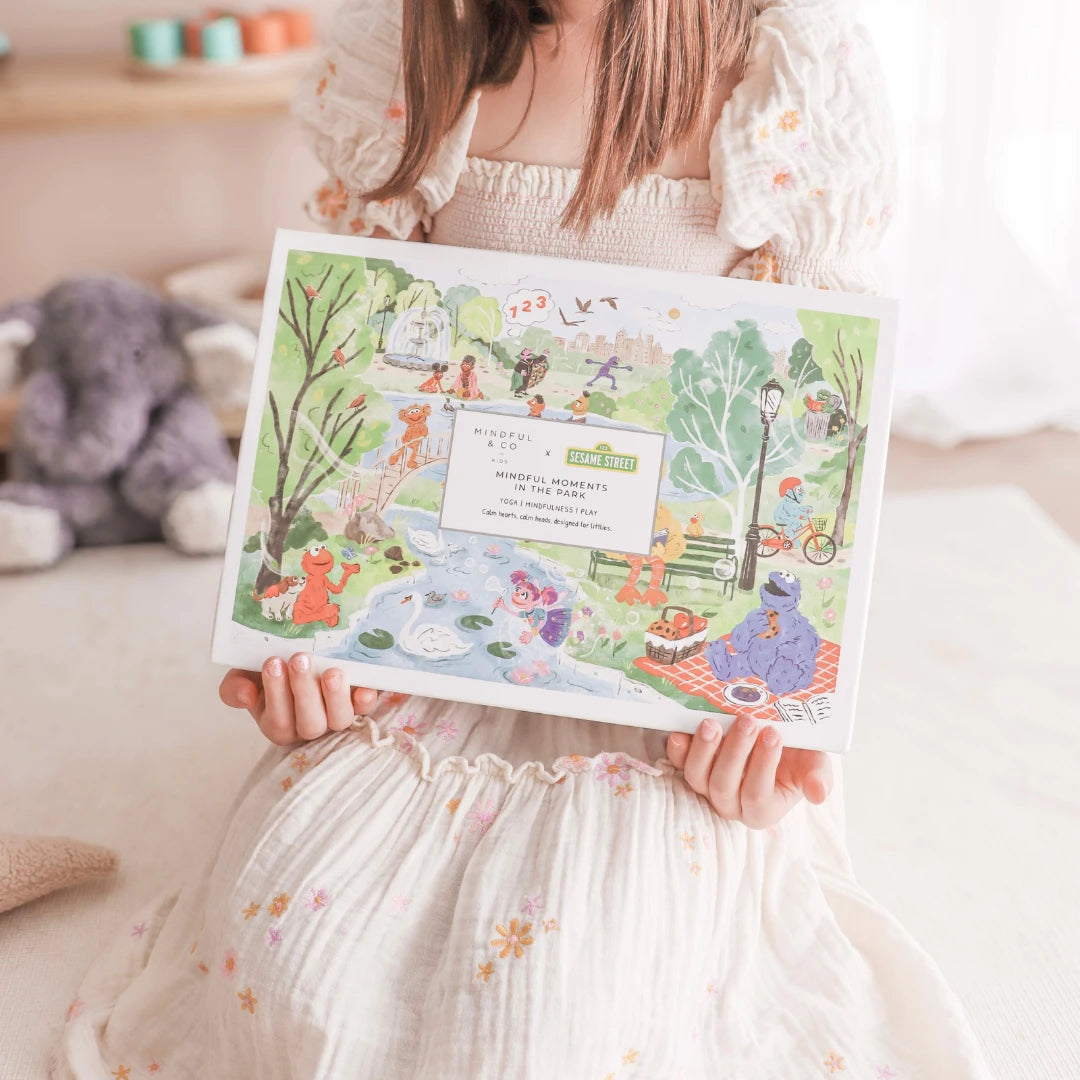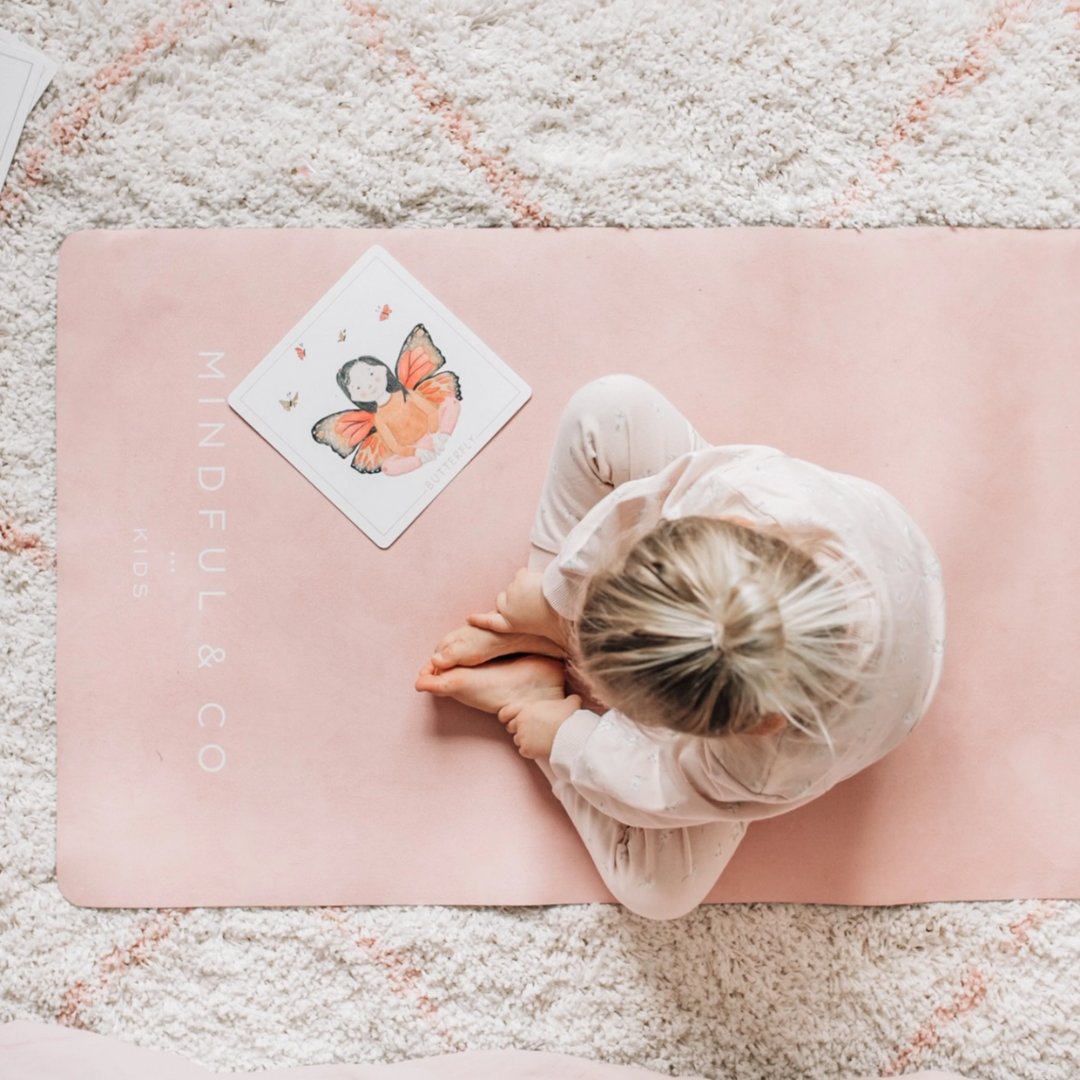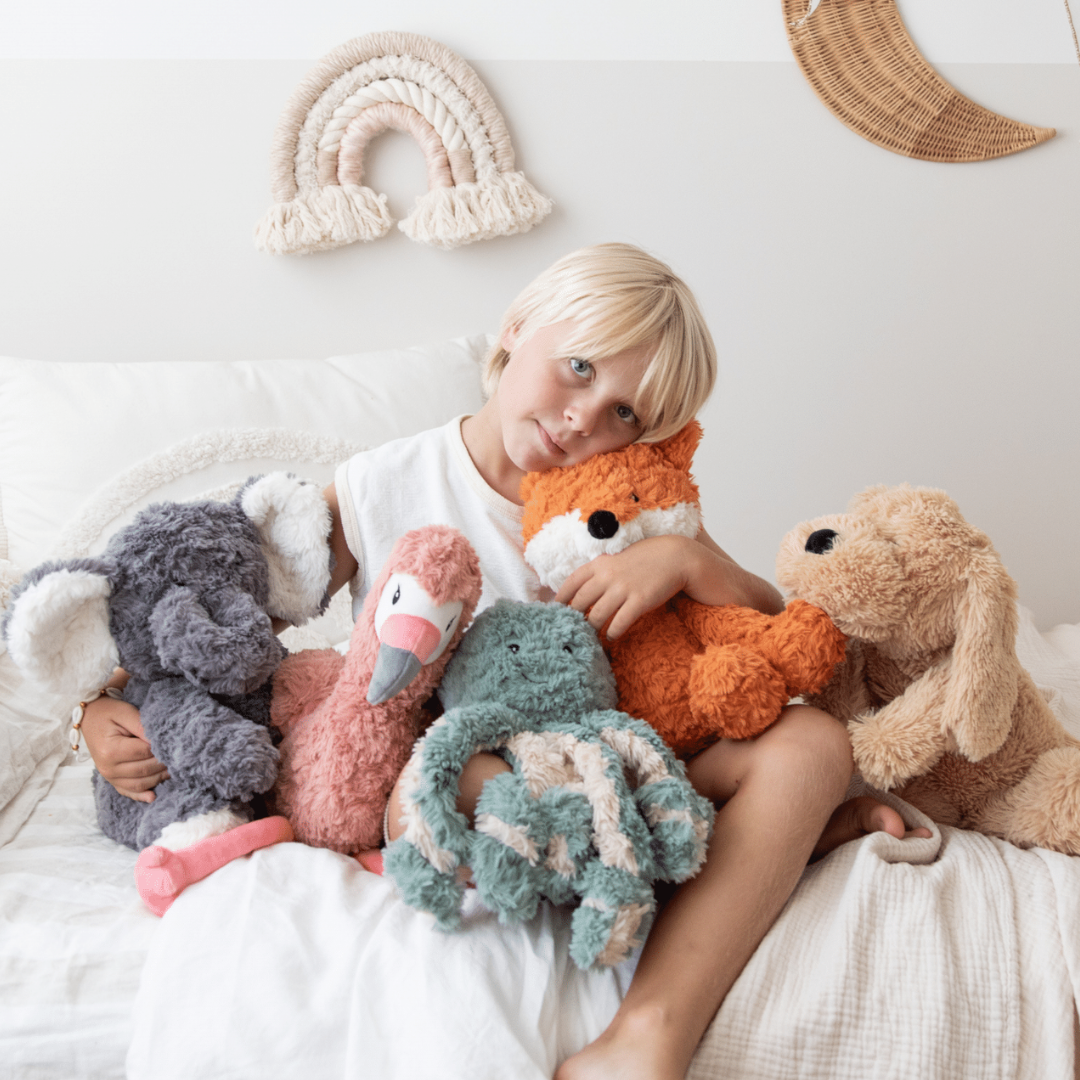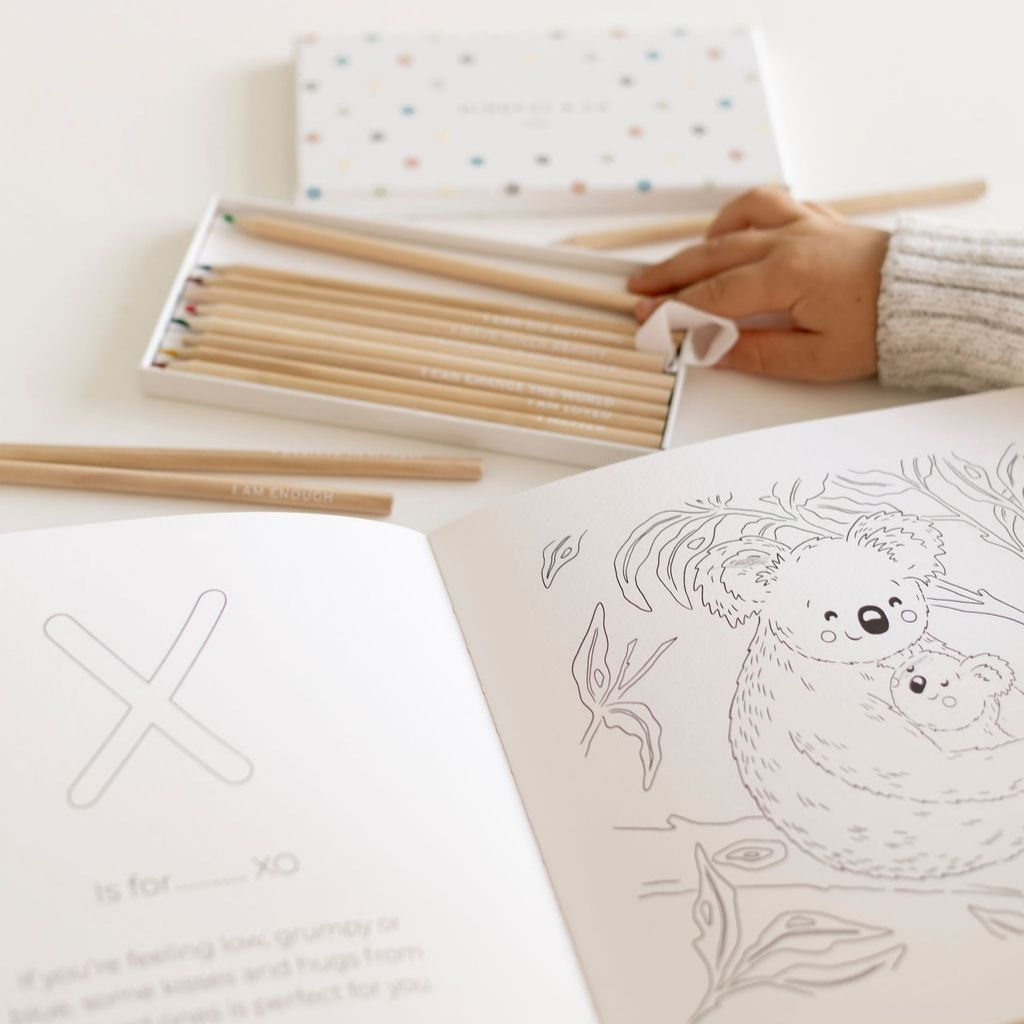How to Practice Mindfulness with Kids at Home: Practical Strategies
Mindfulness is a powerful practice that helps children develop emotional intelligence, reduce anxiety, and improve their ability to focus. By incorporating mindfulness into daily routines, parents can help children build lifelong skills that support their mental and emotional well-being. Here are some practical and engaging ways to introduce mindfulness to kids at home.
The Benefits of Mindfulness for Kids
Before diving into mindfulness strategies, it’s important to understand why mindfulness is essential for children. Regular mindfulness practice can:
-
Improve emotional regulation by helping kids manage big feelings more effectively.
-
Enhance concentration and focus, making learning easier and more enjoyable.
-
Reduce stress and anxiety, promoting a sense of calm and confidence.
-
Encourage self-awareness and empathy, allowing children to understand their emotions and those of others.

Mindful Breathing Exercises
Breathing is one of the simplest and most effective mindfulness techniques for children. Teaching kids how to take deep, intentional breaths can help them calm down when overwhelmed.
1. The Balloon Breath
Encourage your child to imagine they are inflating a balloon. Inhale deeply through the nose, filling their belly like a balloon, then slowly exhale through the mouth as they “deflate” the balloon. This simple technique helps children slow down and relax.
2. Counting Breaths
Have your child breathe in for a count of four, hold for four seconds, and exhale for four seconds. This technique enhances focus and reduces stress.
Using a Patience Pebble can add a tactile element to breathing exercises, giving children a physical object to hold and focus on as they breathe.

Yoga for Mindfulness
Yoga is an excellent way for kids to connect their body and mind while promoting relaxation and flexibility.
1. Introduce Fun, Playful Yoga Sessions
Instead of a rigid yoga routine, make it engaging by incorporating animal-inspired poses or storytelling through movement.
2. Use Kid-Friendly Yoga Tools
Our Yoga Beginner Bundle includes a yoga mat and flashcards to guide children through fun poses in an interactive way.
3. Best Yoga Poses for Kids
-
Tree Pose – Improves balance and concentration.
-
Butterfly Pose – Encourages relaxation and hip flexibility.
-
Happy Baby Pose – Helps release tension and build body awareness.
Practicing yoga together makes it a fun, bonding activity while reinforcing mindfulness skills.
Creative Mindfulness: Journaling and Storytelling
Expressing emotions creatively is an excellent way for children to develop mindfulness skills.
1. Journaling for Self-Expression
Encourage kids to write or draw about their feelings in a mindful journal. This allows them to process emotions in a safe and constructive way.
2. Mindful Storytelling
Use bedtime stories to encourage reflection and discussion about emotions. Books like Charlie’s Mindful Adventures introduce mindfulness concepts in a relatable and engaging way.
3. Gratitude Journaling
Ask your child to write or share three things they’re grateful for each day. This simple practice helps shift focus toward positivity and appreciation.
Creating a Mindful Home Environment
Mindfulness isn’t just about practicing specific exercises—it’s also about creating a peaceful, supportive home environment that encourages calmness and self-awareness.
1. Design a Calm Corner
Set up a dedicated space with soft pillows, dim lighting, and calming objects like Weighted Buddies to provide children with a retreat for relaxation.
2. Encourage Mindful Eating
Teach kids to eat slowly and appreciate the textures, smells, and flavors of their food. This encourages healthy eating habits and presence in the moment.
3. Practice Mindful Listening
Take a few minutes each day to sit in silence and focus on the sounds around you. This teaches kids how to be fully present and engaged with their surroundings.
Encouraging Mindfulness Throughout the Day
Mindfulness doesn’t have to be limited to structured activities—it can be woven into daily routines:
-
Morning mindfulness: Start the day with a deep breath and a positive affirmation.
-
Mindful walking: Encourage kids to notice the sights, sounds, and sensations as they walk.
-
Bedtime relaxation: End the day with gentle stretches and a gratitude practice.
Final Thoughts
Practicing mindfulness at home is a simple yet powerful way to help children develop emotional intelligence, resilience, and inner calm. By incorporating breathing exercises, yoga, journaling, and a mindful home environment, you provide your child with essential tools for lifelong well-being.
Explore our mindfulness resources to help make mindfulness fun and accessible for kids:
By introducing these simple practices, you’re setting your child up for a happier, healthier, and more mindful life!





